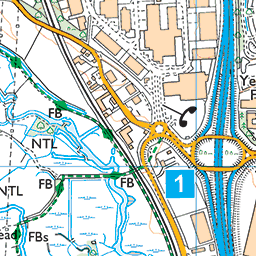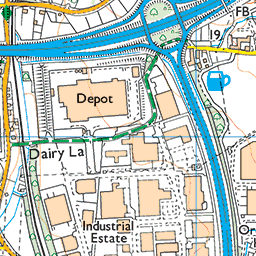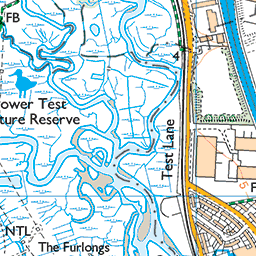Added to your Itinerary Planner below
Distance calculator
Map Filters
Customise your trip with our filters.
Map Filters

Toggle between the options below to show available markers.
General info Equestrian Info Cycling InfoAccommodation
Points of interest
Services
Routes
Accommodation
Points of interest
Transport
Accommodation
Points of interest
Transport


















The custom route elevation is created when you use the distance calculator (above) to draw a line.
The custom route elevation is created when you use the distance calculator to draw a line.

Yews in St Mary's churchyard, Painswick
(This description is based on information from St Mary's church website 2015).
According to legend, 99 trees grow in this churchyard. The Devil would destroy the hundredth if it were ever planted. In the year 2000 the church was faced with a dilemma. Every parish in the Diocese of Gloucester was given a yew tree to plant to mark the millennium. Painswick was chosen to host a special service when all the young yews were blessed and given out. Parish officials bravely planted the 100th yew on the north side of the church near the bus stop. Contrary to legend it is doing well.
The other yews were all planted in the early 18th century and so are only about 300 years old. Many yew trees are much older - up to 900 years old. Apparently yew trees were considered sacred when Christianity was introduced to Britain. They were used a bit like a modern advertising logo to make the new religion familiar.
There are more than 100 trees in the churchyard. Visitors are invited to count them (this one didn't). The trees were planted to form avenues from the lychgate (where coffins were rested on the way to church for funerals) depicting the hope of resurrection. In Painswick churchyard the avenues of trees probably followed the paths of ancient thoroughfares.
Yews enjoy longevity because of their unique growth pattern. The branches grow down into the ground to form new stems, which then rise up around the old central growth as separate but linked trunks. The central part may decay, leaving a hollow tree, but with the new growth giving life around the original tree. So the yew tree has always been a symbol of death and rebirth - the new that springs out of the old.
Yew trees were planted in churchyards partly because they were more protected there from archers who liked to cut off branches to make arrows. Also yews are poisonous to many animals so the planting of yew trees effectively prevented farmers using the churchyard as grazing land.
Every year in September the clipping of the yew trees produces over 2 tons of material. Fresh yew tree clippings are a good source of the basic raw material for the anticancer drug paclitaxel. Thus every year specialist contractors come here to collect the clippings and ship them off for processing.
About St Mary's Church
The Domesday Survey of AD 1086 records that there was a priest in Painswick from which it may be assumed that a church stood on this site in Saxon times. The first church building was probably built about 1040, and then added to in the Thirteenth century by the De Laci Family, who were Lords of the Manor after the Norman Conquest. The oldest part of the church still standing is St Peter’s Chapel, which is the side chapel on the North-East side of the church building, to the left of the nave as you face the altar from the back of the church building. The Chapel was built in about 1377 and is dedicated to St Peter who was the patron saint of the de Laci family. It is known that the North Aisle, St Peter’s Chapel and the inner Chancel were erected between 1377 and 1401. The tower was added in 1430, building of the Nave was commenced in 1480 and the sanctuary and present High Altar date from 1546. The church’s 15th century nave and tower are conventionally Perpendicular.
The original spire was erected on the tower in 1632. It has been rebuilt more than once since. Within 12 years it was besieged by Royalist troops who used cannon and firebombs to drive out the Parliamentarians quartered inside. There is graffiti on one of the columns left by one of the soldiers during the siege.
The south Aisle added in 1741. Most of the interior date from successive restorations in the late 19th or early 20th centuries, although the excellent classical reredos in the south chancel aisle is of 1743, also by Bryan. In 1934 the church was restored and the Rood Loft was installed in 1938. The ninety nine yew trees and the unique ledger tombs date from the early eighteenth century.
Painswick has fine kneelers, some 300 in all, today’s chief contribution to church craftsmanship. The project took four years and involved some sixty people working to an overall design by Anne Yeo, a sacristan. The kneelers depict Bible scenes, local societies and charities, views of the town, animal, birds and memorials to local people. They are more in tune with the medieval tradition of local craft than the bought-in stained glass.
Photo © Copyright Jaggery and licensed for reuse under this Creative Commons Licence.